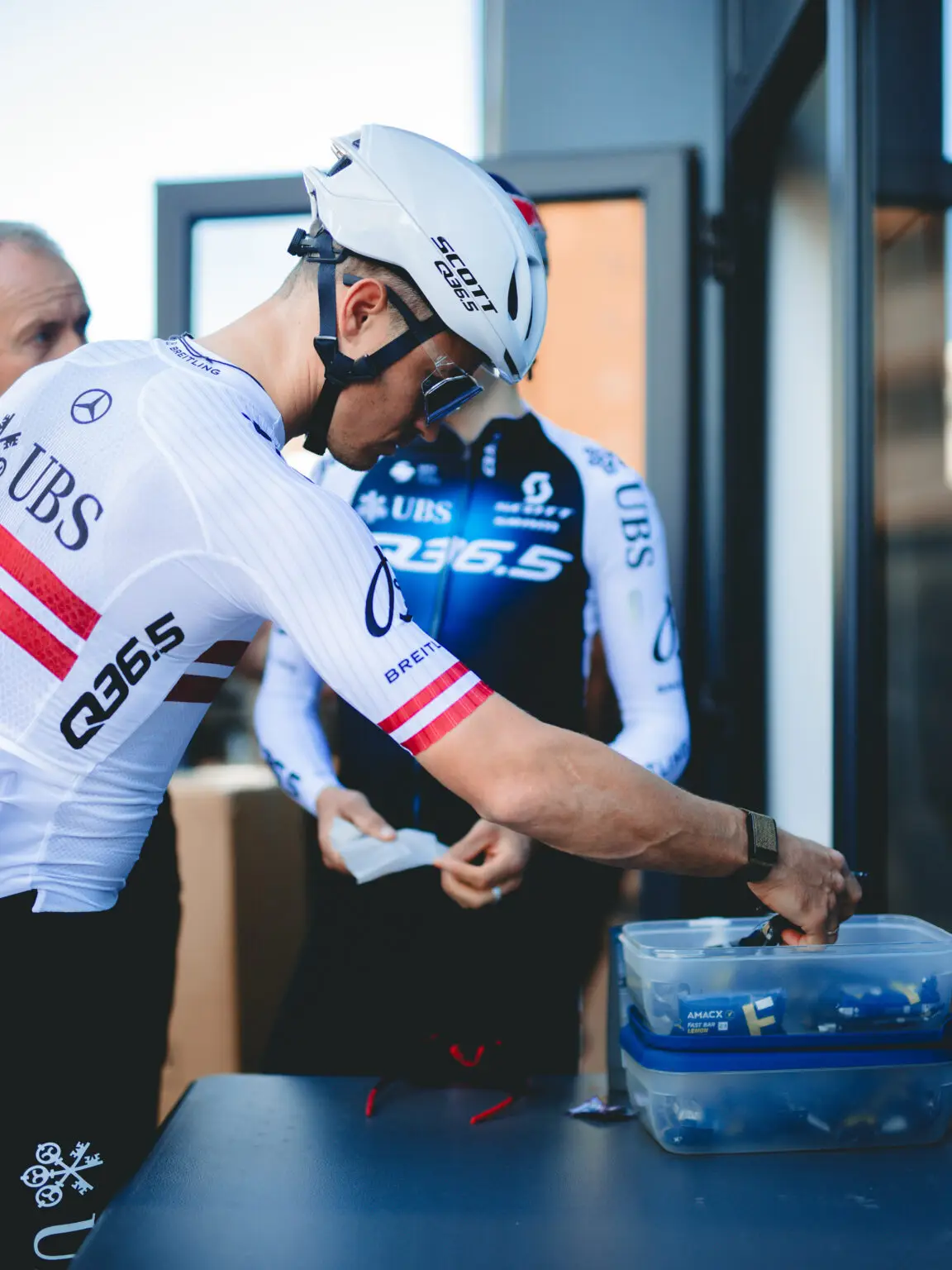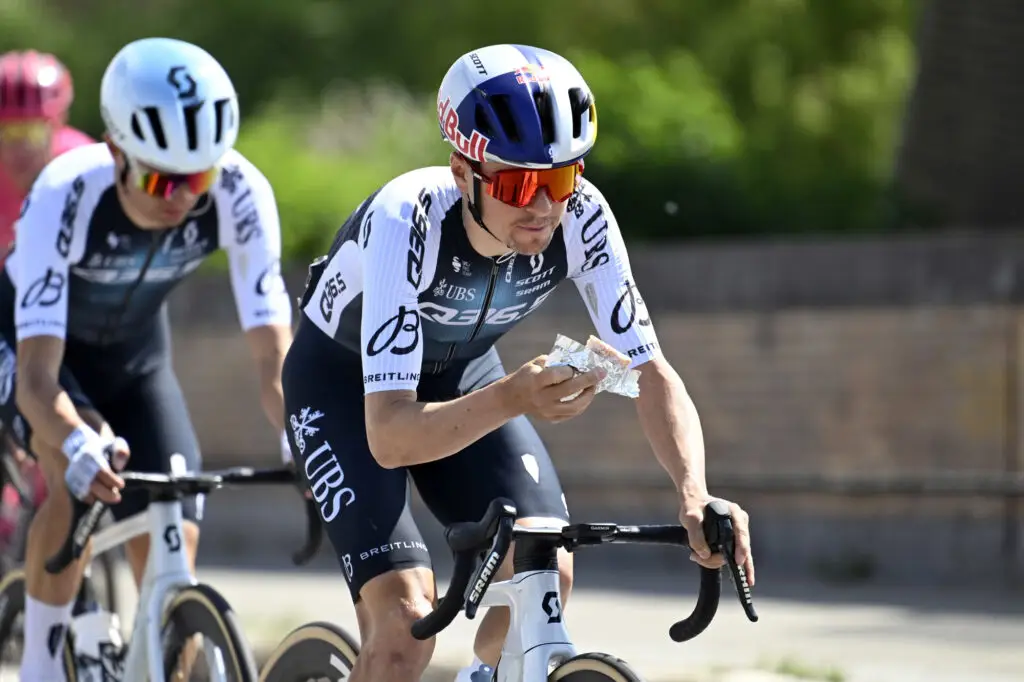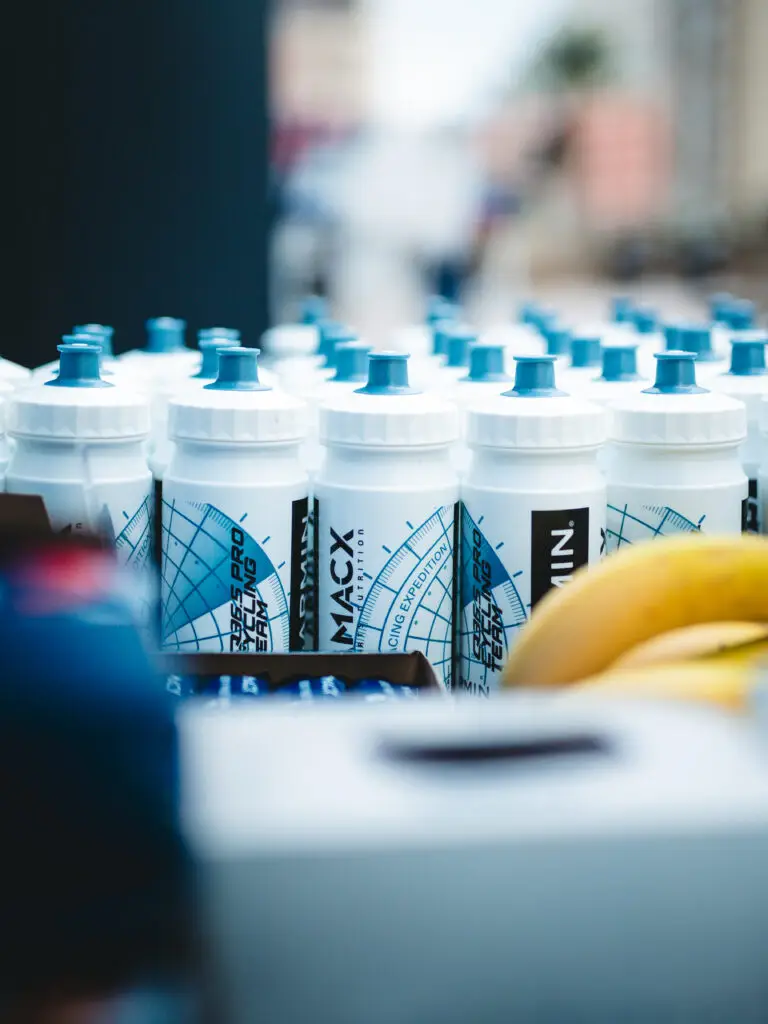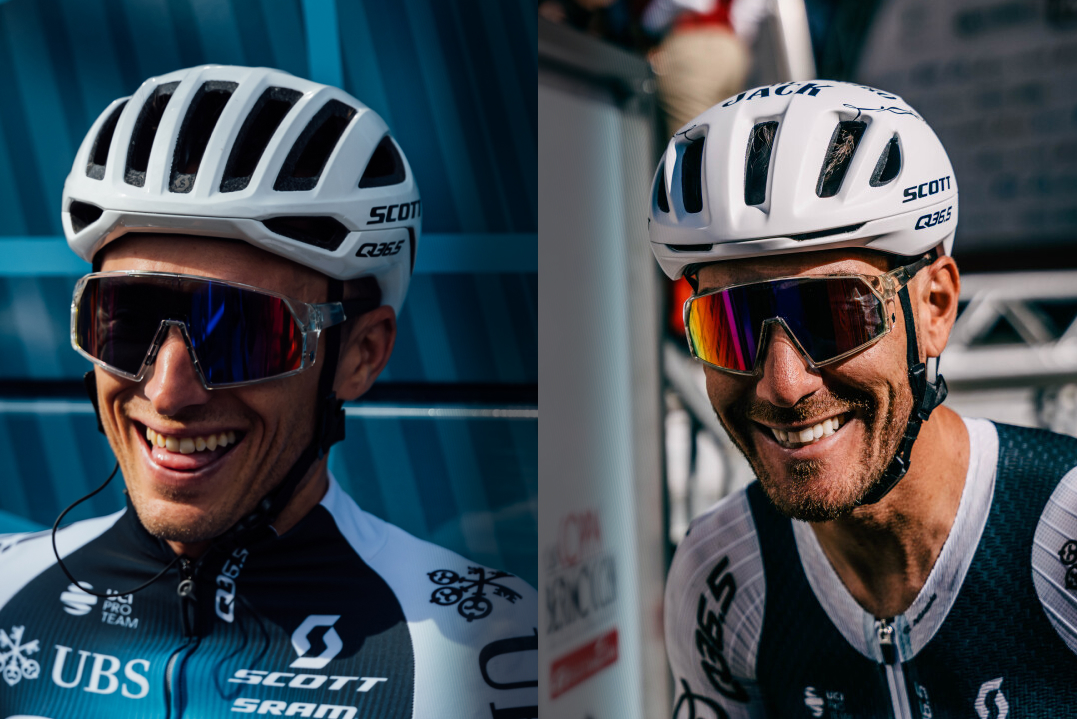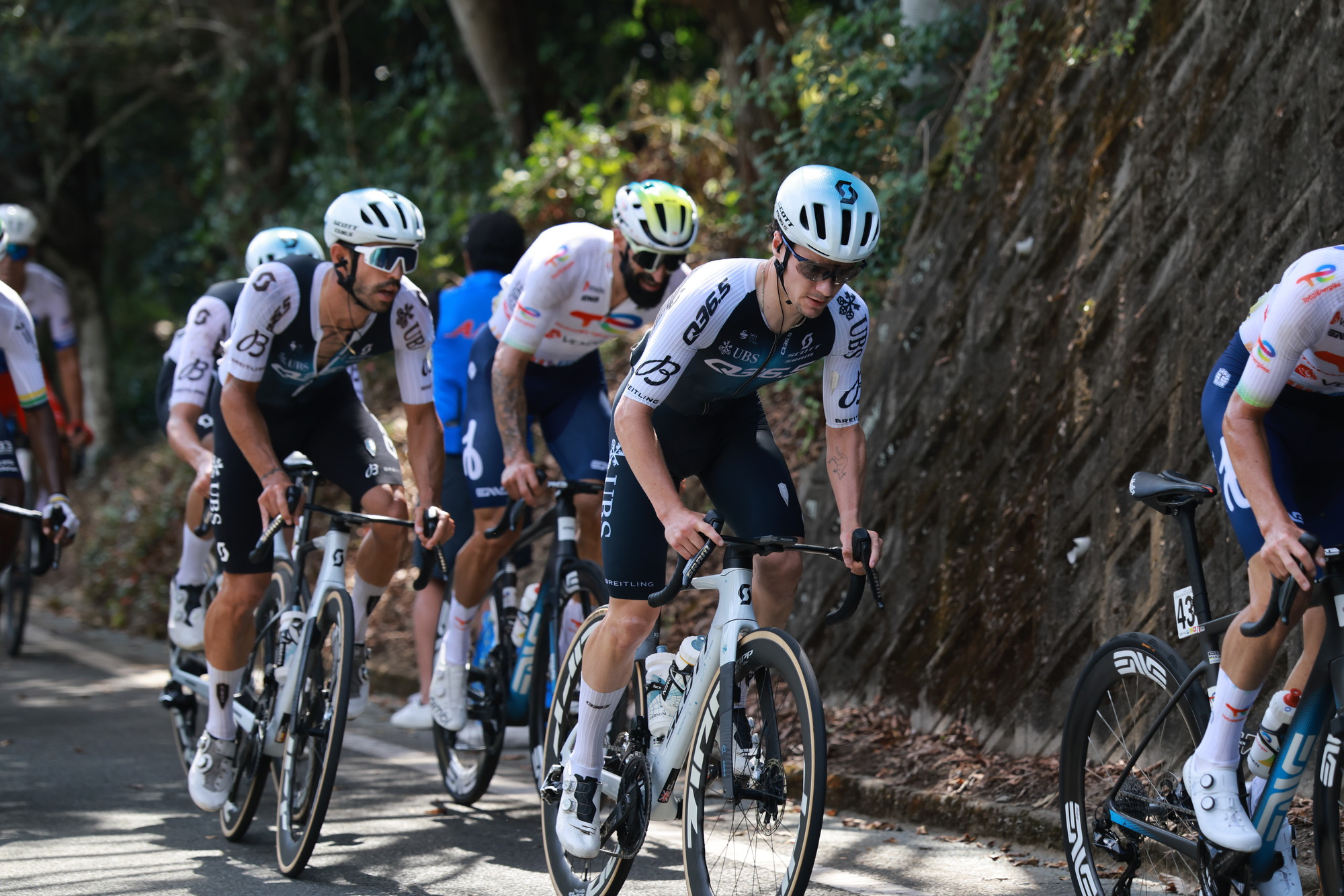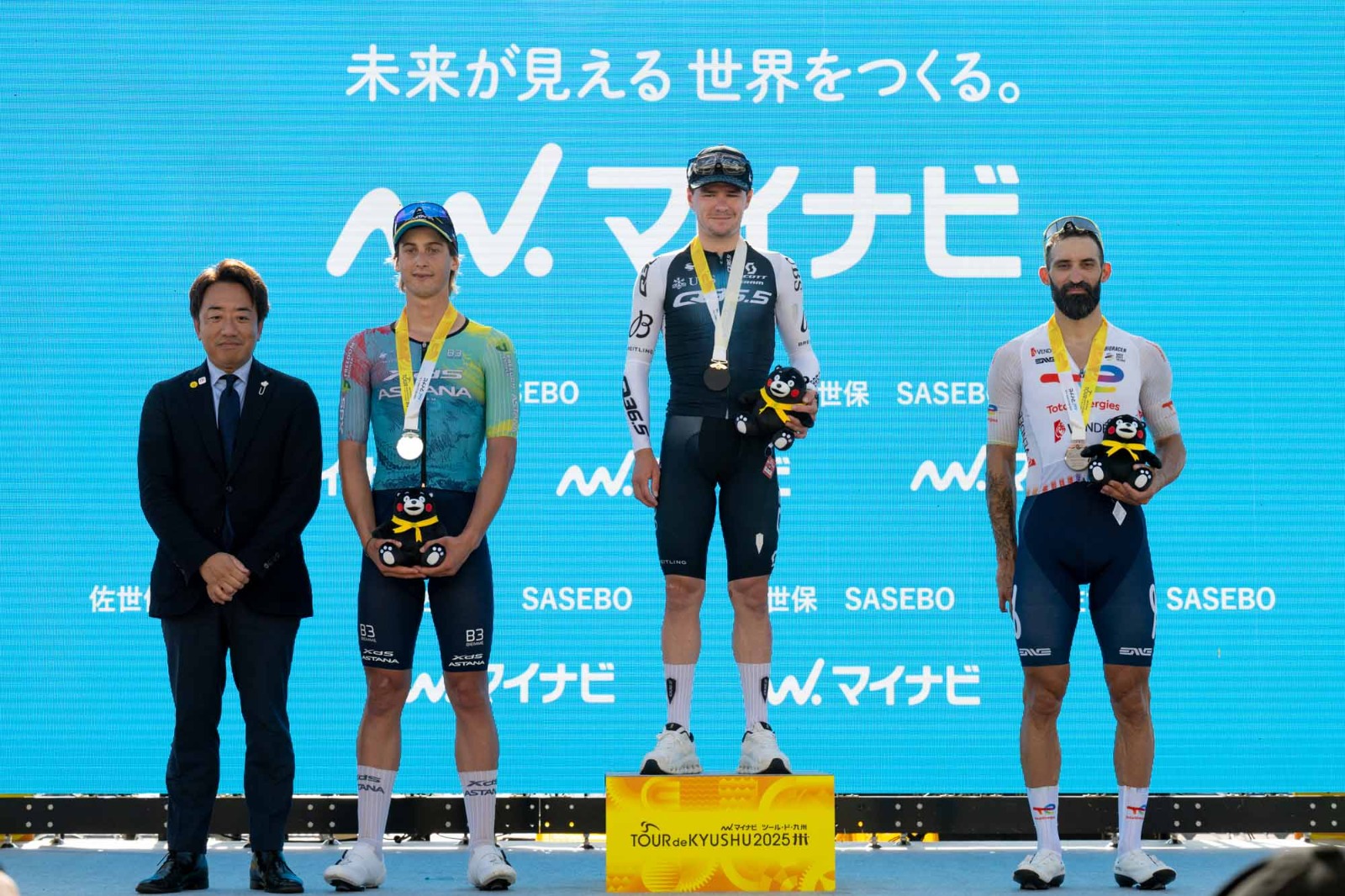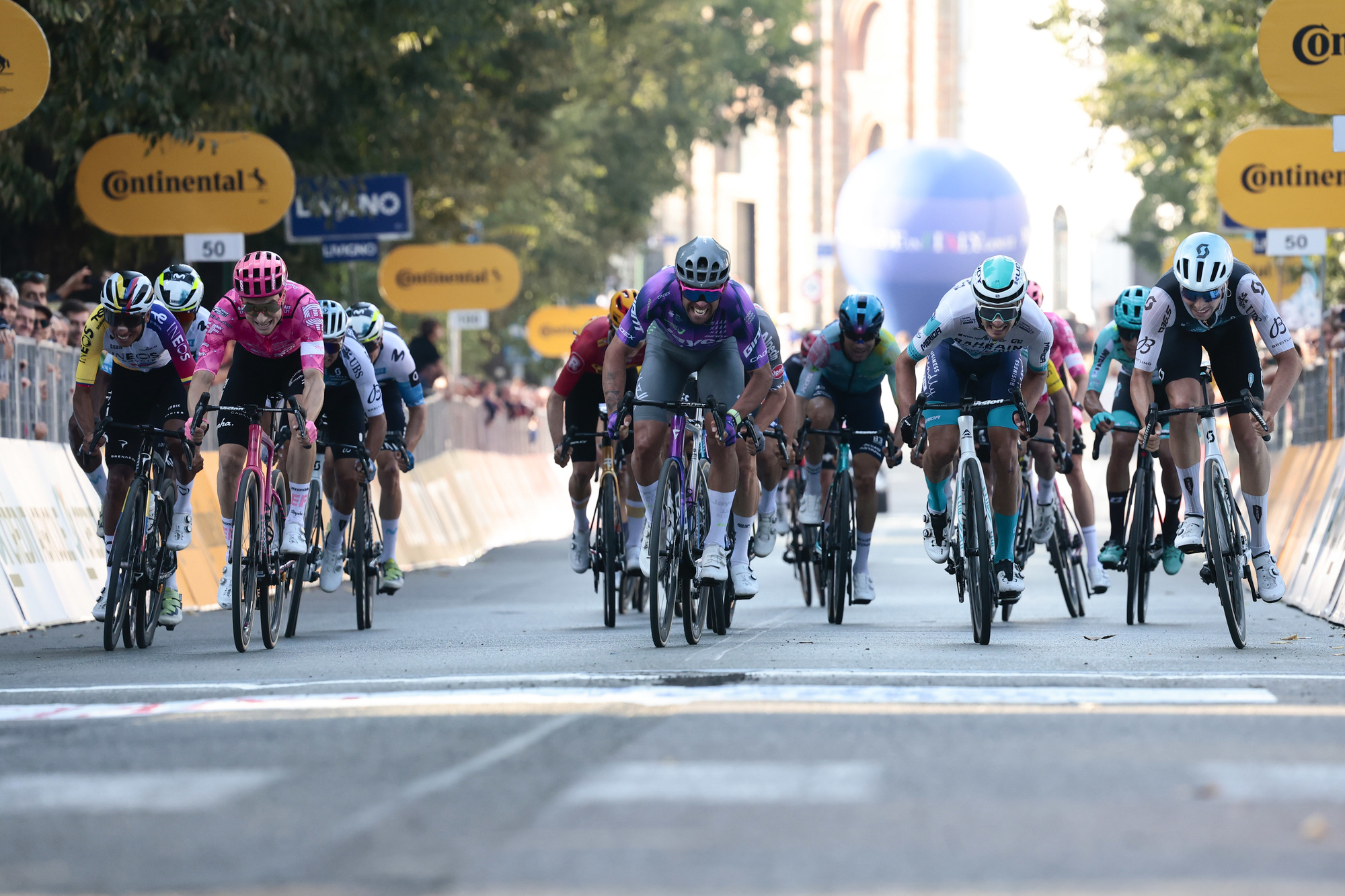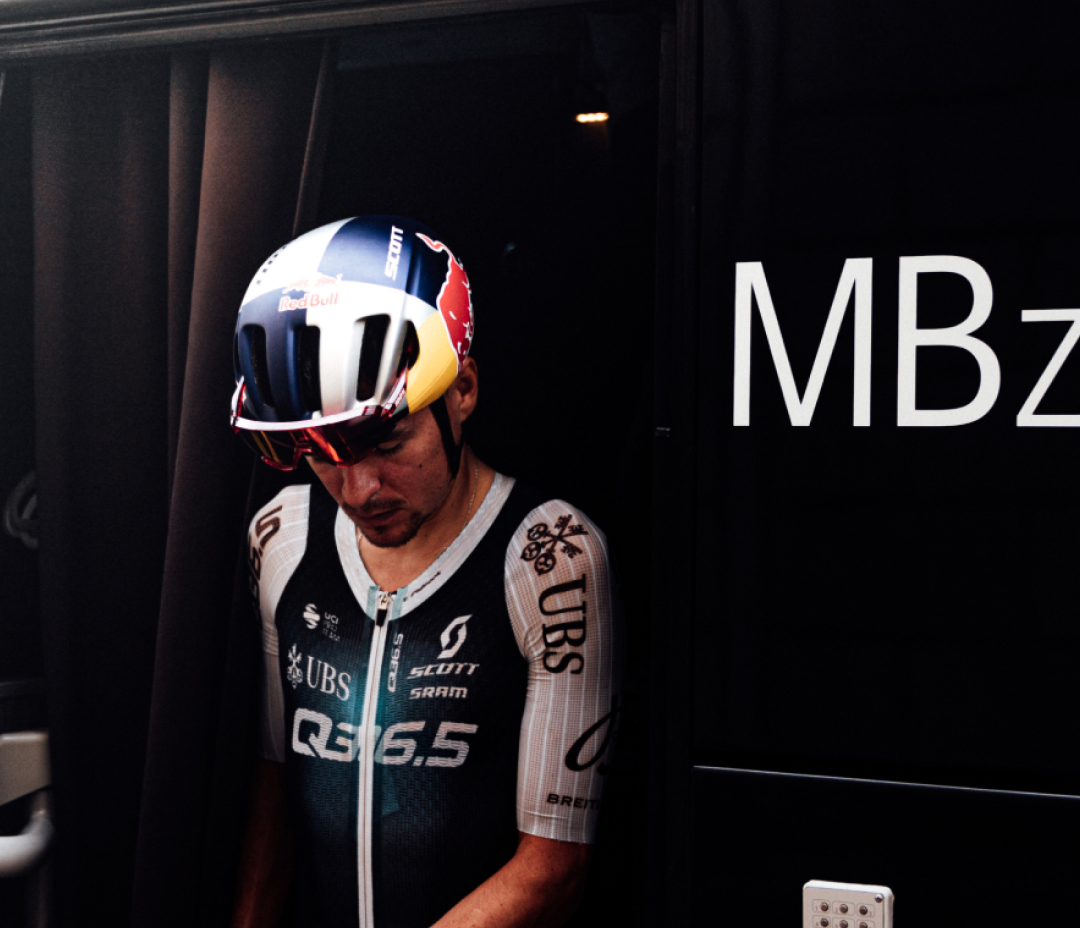Featured Story
Tailor-made nutrition for sprinters and climbers
Not only our Q36.5 team clothing is tailor-made but so are the riders’ nutrition plans this Giro d’Italia. The Giro has 21 stages, three rest days, flat stages, time trials and high mountains, rain, heat or cold and therefore a lot of variety in how to approach the nutrition strategy in our first Grand Tour. We use the Amacx line for tailor-made nutrition in the Giro.
16 May 2025
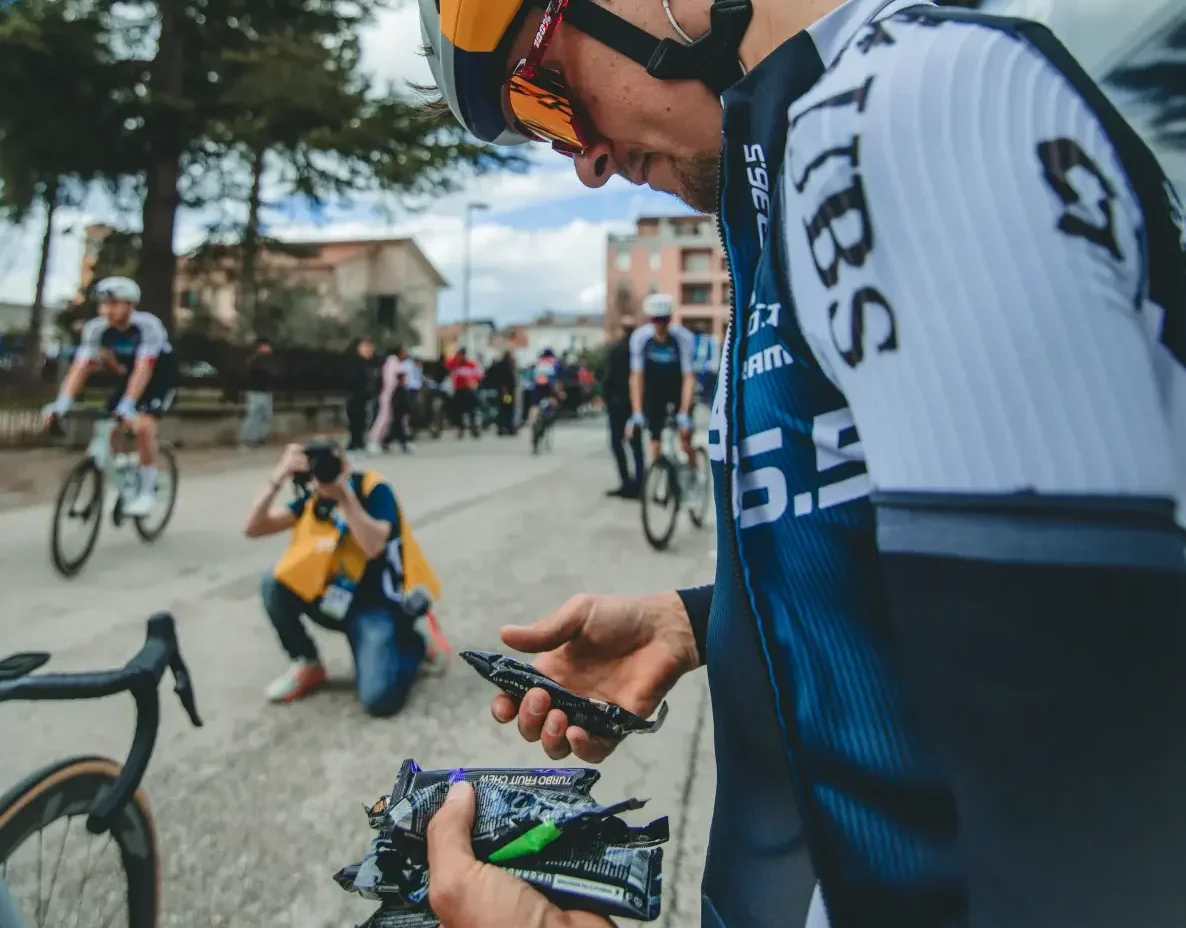
Our nutritionists Adam Pluscinskí and Mateusz Gawełczyk have many factors to take into account to finally achieve a tailor-made nutrition plan for every stage and every rider.
“We have eight riders on the team and they all have their own specialty like sprinter, climber or domestique,” says Adam. “For all these riders Mateusz and I have data on things like their metabolism and weight. Then we look at the sort of stage. Sprint stages may appear less demanding than a long day in the mountains but they require a unique kind of effort.”
“You have to have that sustained focus,” Adam continues. “And there there is positioning at high speeds and an all-out push in the final kilometers. Success on these days isn’t just about power: it’s about preparation and precision, especially in fueling.”
In sprinting there are a few phases. We start with the early phase with a controlled pace where the breakaway is kept under control.
“We look at about 60 grams of carbohydrates per hour in that phase,” Adam explains. “Because it’s usually not so hectic, this is the ideal moment for some tastier options like a fast bar, the nougat or fruit chews, or a rice crispie made by our soigneurs.
Riders like eating something instead of only taking gels or drinks. They like he variety. We must also look at the weather. Maintaining that sodium balance and hydration is a top priority on sunny days. The Amacx Energy Line provide an effective solution, combining electrolytes and carbohydrates to support sustained performance. And water of course,” he adds.
Riders like eating something instead of only taking gels or drinks. They like he variety.
When the final approaches and there are about two hours left to go in the sprinters’ stage, it’s time to ramp up the carbohydrate intake to around 90 grams per hour.
“The Amacx Energy Caffeine gels are for this final phase with increased intensity,” says Adam.
“You have to take them early enough, so about 40 minutes before the race explodes, to ensure peak effect during that final sprint. And then we all watch the tv and hopefully cheer!”
Nutrition isn’t one-size-fits-all: it’s about timing, conditions, and the demands of the day. The plan for a day in the high mountains or a demanding high intensity stage in the medium mountains is a different one.
Nutrition isn’t one-size-fits-all: it’s about timing, conditions, and the demands of the day.
“The amount of carbohydrates per hour goes up in these medium or high mountain stages, to as high as 120 grams per hours plus a liter of fluids per hour. We are constantly testing how much riders can take and absorb. We have to look at the weather and adjust accordingly. If it’s rather cold, you need less water. There is only so much you can plan ahead,“ Adam explains.
“Our team leader for these days is Tom Pidcock. I know he likes the new lemon and cassis flavours in the Amacx Turbo Chew bars. This is a product we use for the first half of a challenging stage.”
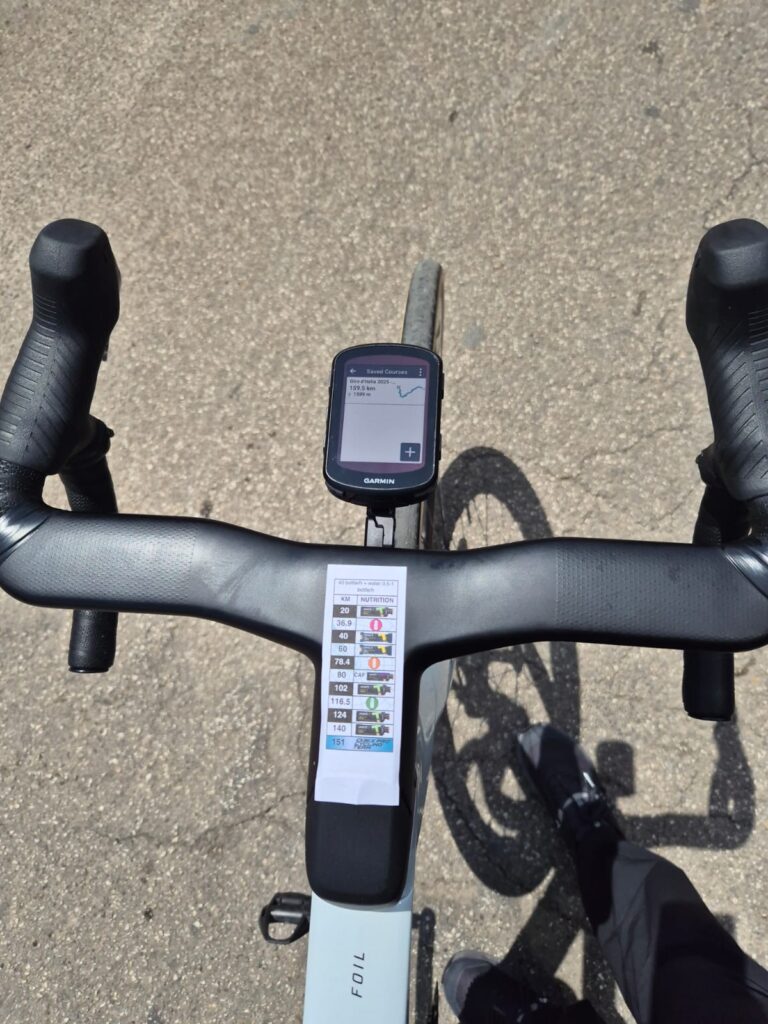
As the race intensity increases, it’s time to switch to Turbo Gels, which are easier to take in under high pressure because you don’t have to chew them.
“Every 30 minutes, he’ll take either a bar or a gel, and his bottles will be key: one with a Amacx Turbo Drink providing 40 grams of carbohydrates, and a second bottle of water. This strategy ensures a well-balanced mix of carbohydrates, optimal sugar ratios, fluids and sodium content. It’s all tailor-made to maintain energy and performance deep into these kind of demanding stages.”
Adam and Mateusz are in constant contact with the coaches, sports directors, riders and chef Peter. Keeping the engine running during 21 stages of a Grand Tour is as much about team work on the bike as it is about team work off the bike.
It’s about precision and focus to make sure we get the best performance possible in this Giro d’Italia.


